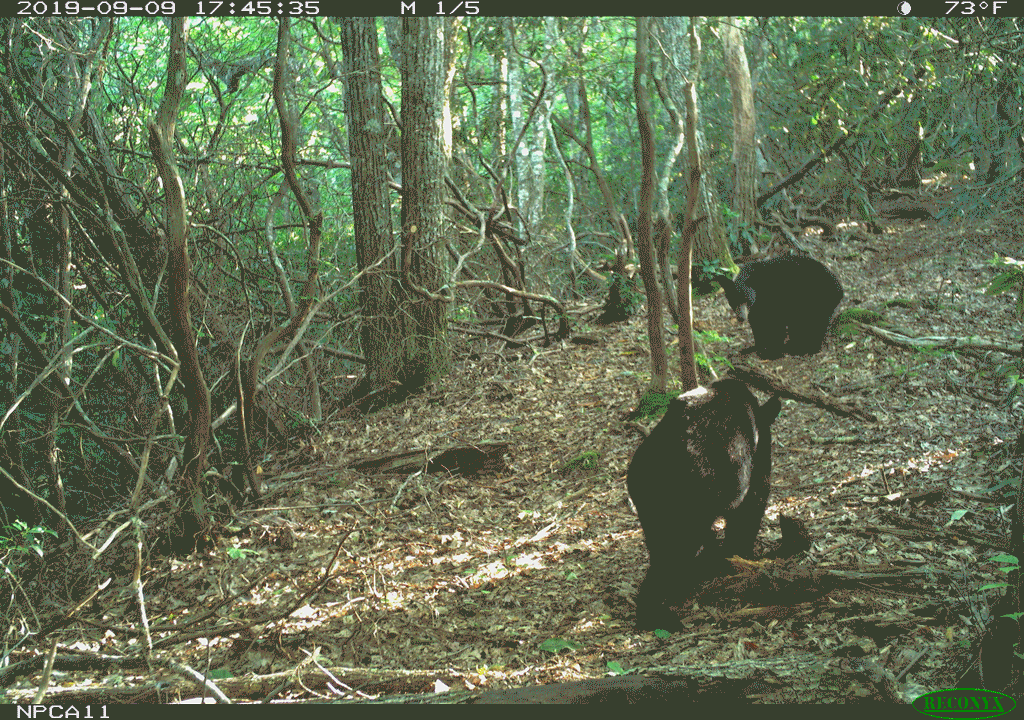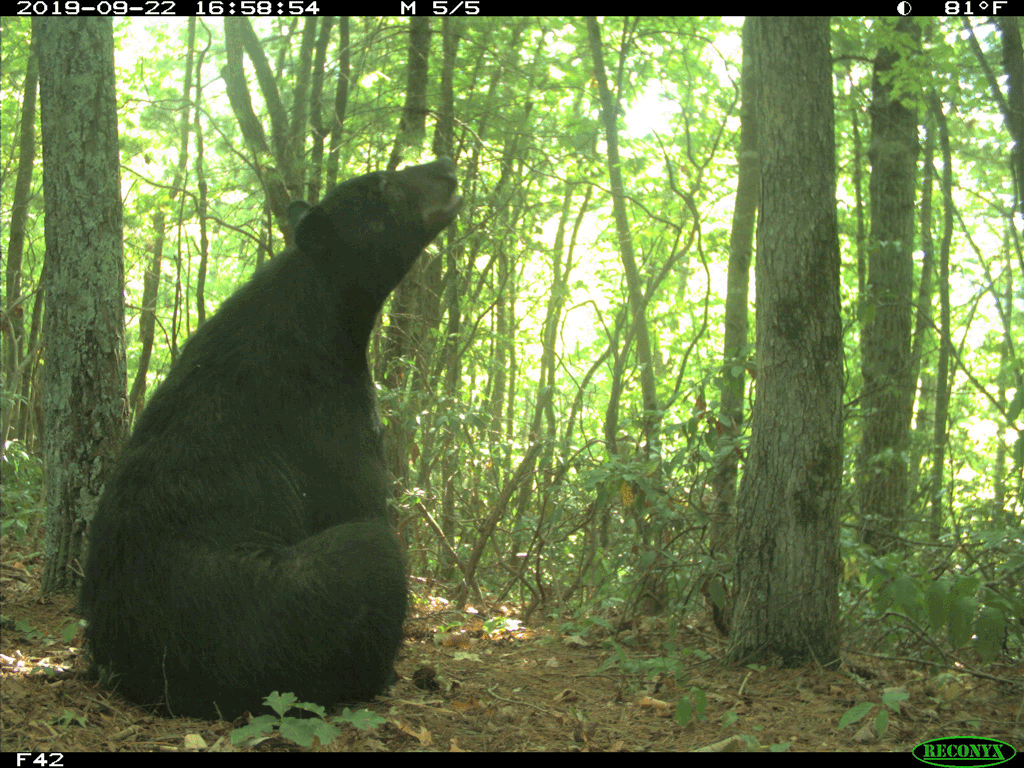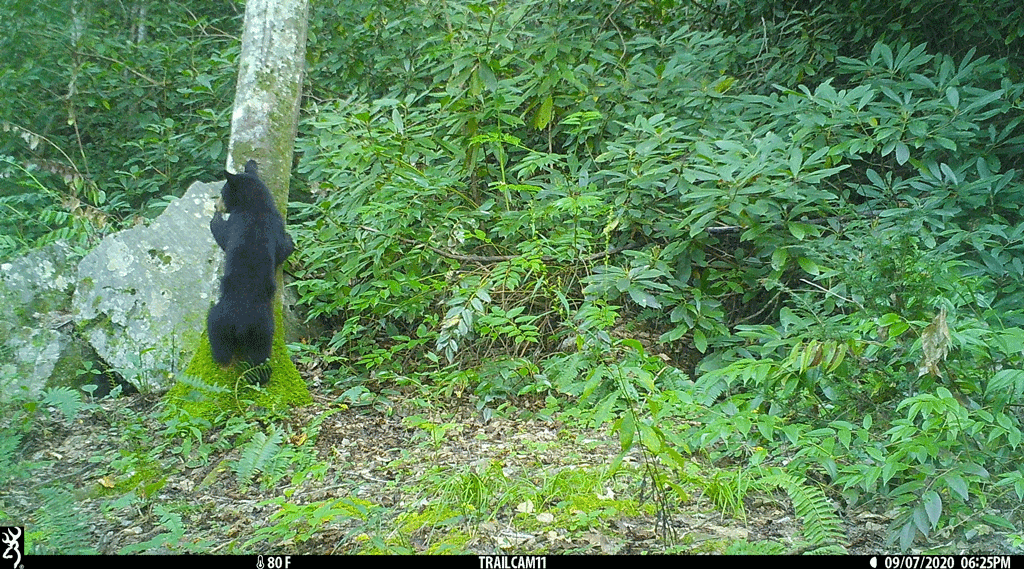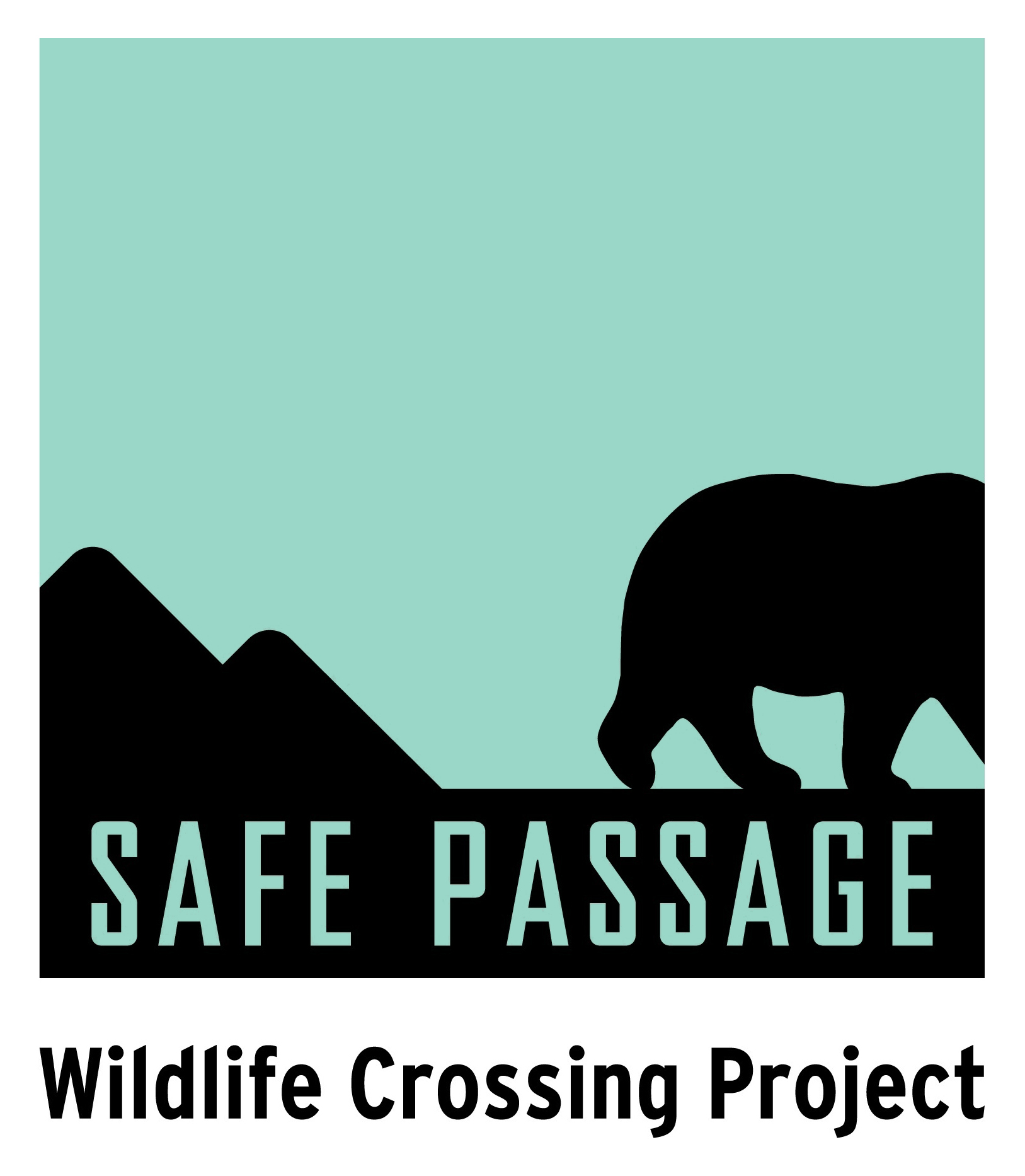Observations in the Safe Passage study area and beyond have begun to show that wild animals are keenly aware of the threats associated with roadways.
Safe Passage researchers have observed what appears to be heightened bear vigilance near the highway (see Figures 1A-1C). Researchers in other parts of the country have shown that GPS-collared black bears approaching roads, especially high-volume highways experience increased heart rates (Ditmer et al. 2018) and higher movement speeds (Zeller et al. 2020).
Roads sometimes serve as barriers and, other times, as mortality traps. It is an ongoing practice in risk/reward evaluation — for food needs, breeding opportunities, etc. — that bears and other wildlife must make when traversing landscapes infused with roads.
Bears observe and approach Interstate 40 with caution
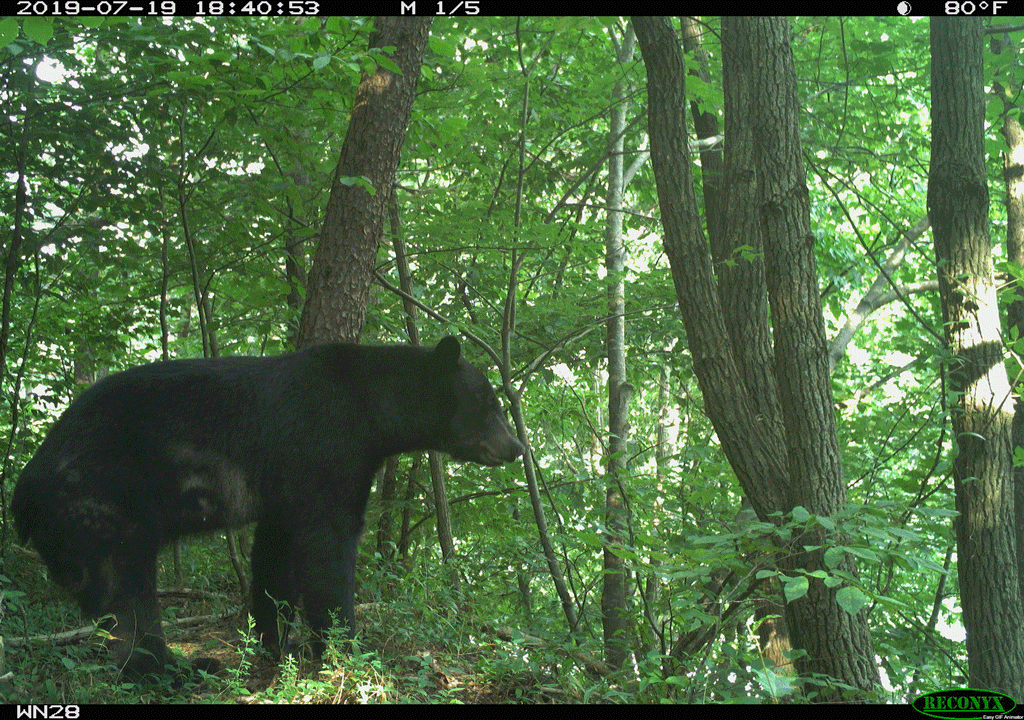
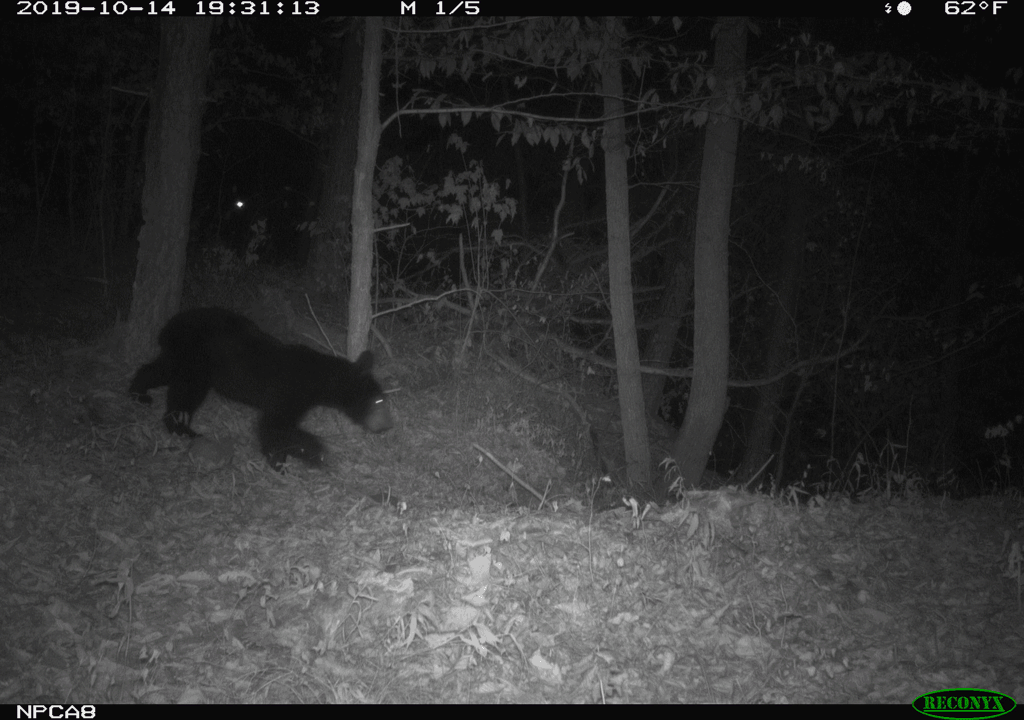
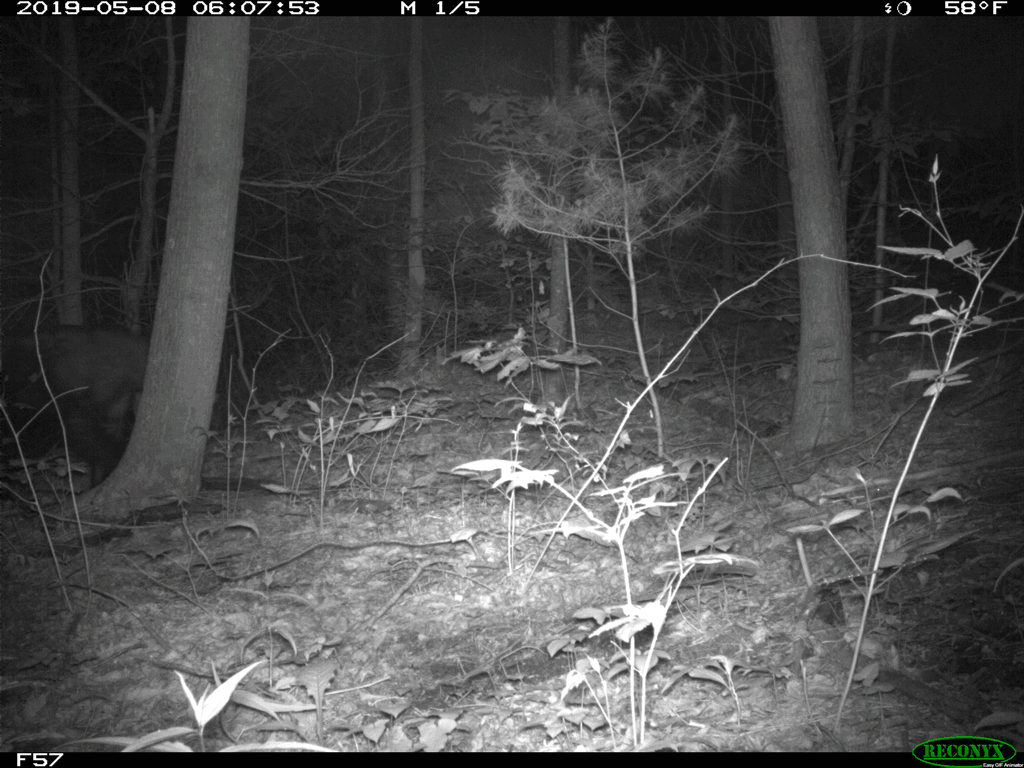
Though data collection is not complete, near the highway, Safe Passage has so far observed fewer sows with cubs, fewer sibling-and-adult interactions and fewer of other normal behaviors. This sharply contrasts with observations made at a distance from the highway, where less stressful and less human-disturbed environments show bears being bears — playing or showing aggression, climbing trees and marking surroundings with their scent (see Figures 2A-2C).
Farther from the highway, bears relax and play
